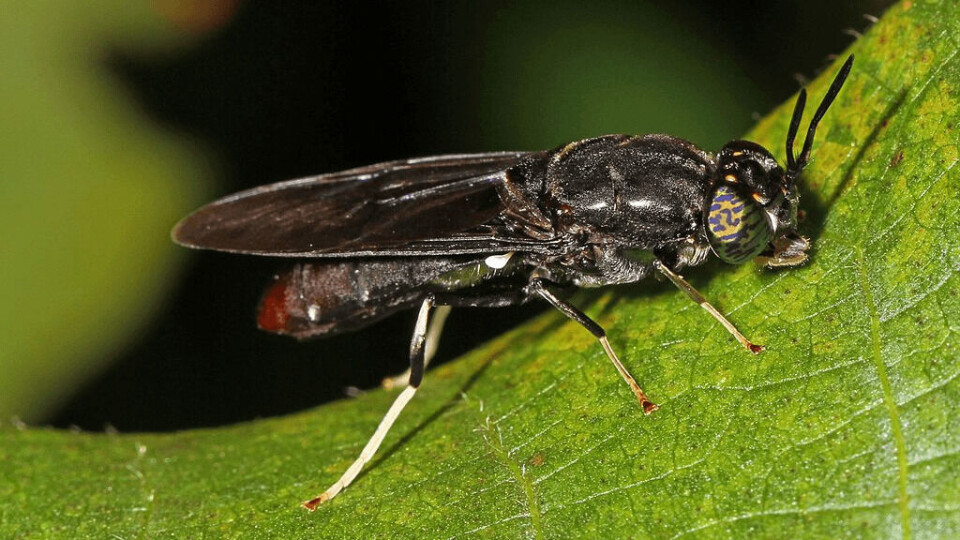
Black soldier fly growth rate ‘can be doubled in a year’
Scientists in Scotland may be able to double the growth rate of the black soldier fly (BSF) within a year, making insect protein a more competitive and viable source of feed for farmed fish.
The assessment was made by Glen Illing, chief executive of Roslin Technologies, in an interview for the latest edition of Fish Farming Expert magazine.
Roslin Technologies, which aims to commercialise the intellectual property and expertise of Edinburgh University’s Roslin Institute, is building an insect “genetic nucleus” near Temple in Midlothian, and Illing is confident of rapid progress.
Naive species
BSF is a “naive” species that does not have a history of being selectively bred for desirable traits, which means gains from selective breeding are relatively large compared to species with a history of selection, such as farm animals.
Illing says that fact, along with Roslin’s expertise in quantitative genetics and genomic selection and the BSF’s short breeding cycle, means selective breeding can make a big difference quickly.
He predicts that researchers will be able to double BSF growth rate and halve the feed conversion rate within 12 months, provided all efforts are directed to that target.

Choosing a target
“The trick is to work out what do we want to improve, what is the characteristic,” he says.
“If we choose one characteristic we can move very, very fast. If we choose 10 characteristics, we can move relatively fast on each one, but it would be nowhere near as fast as being more selective on traits.”
The insect industry’s target, says Illing, is to reduce the cost of their goods to the consumer. “One way of doing that is to reduce the costs of how you produce the animal, but also to increase the production of the animal. If we can get it to grow twice as fast, for example, it means that we could have twice the amount of product going through the same square metre of property.”
More in the magazine
Read the full article in the current issue of Fish Farming Expert magazine, which also features an update on the volumes being forecast by insect producers, and takes a look at other alternative feed ingredients.
It also features a report on the first on-site trials of the Blue Lice system in Norway, plus a look at how giving salmon larvae tiny doses of feed every 17 seconds prevents them from using too much energy and encourages growth.






















































